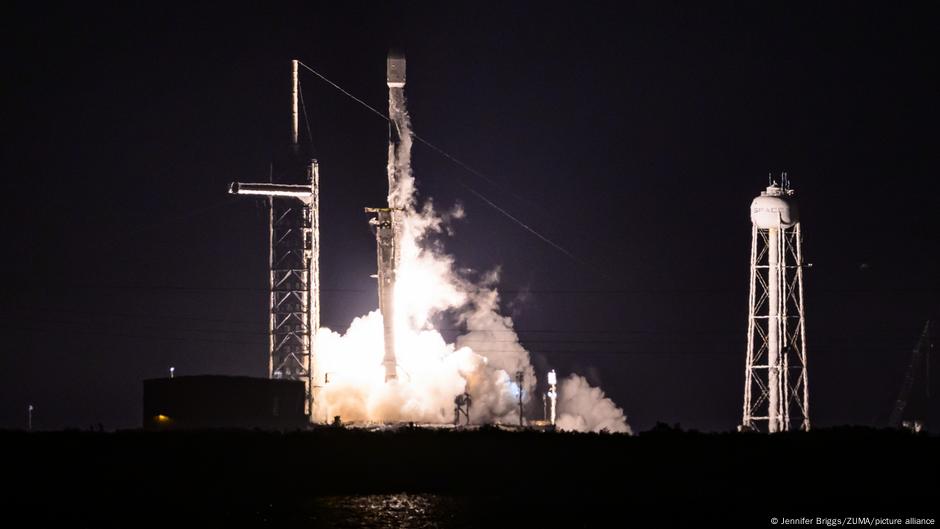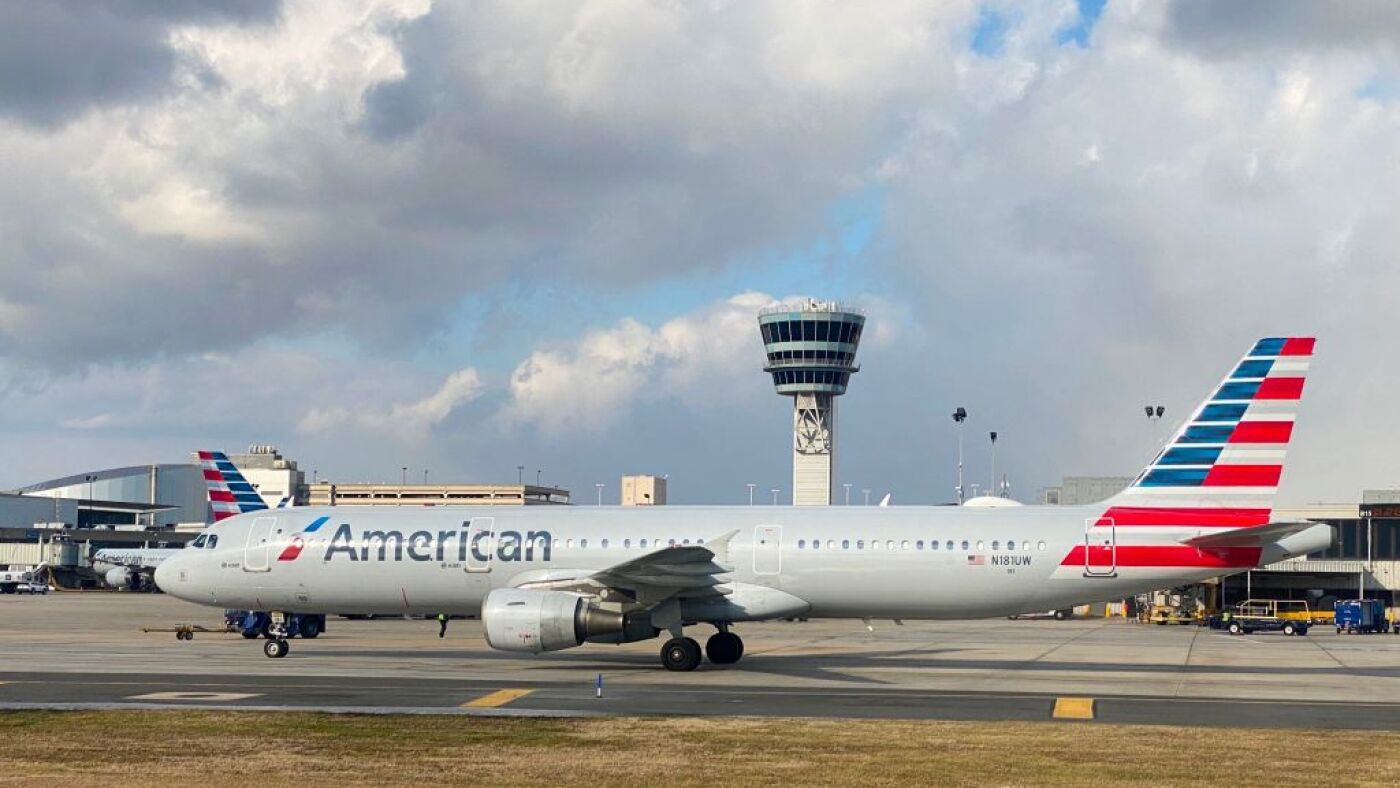Space X Launches Advanced Technologies with the X-37B Spaceplane

Introduction
On Sunday, Space X successfully launched the eighth flight of the X-37B, a spaceplane designed for the US Air Force by Boeing. This mission is set to test advanced technologies, including laser communications and navigation without the use of GPS. The X-37B has been a highly secretive program, and this successful launch has once again raised questions and speculation about its purpose and capabilities.
Key Details
The X-37B is a reusable spacecraft, resembling a smaller version of the space shuttle, designed to be launched by Space X's Falcon 9 rocket. It is equipped with a payload bay, which allows for testing of various technologies in space. This mission will specifically focus on testing laser communications, a technology that could potentially revolutionize communication systems for military and commercial applications. The X-37B is also expected to test autonomous navigation, a crucial capability for space travel and exploration.
Impact
The successful launch of the X-37B not only demonstrates the capability and reliability of Space X's launch vehicles but also highlights the increasing role of private companies in the space industry. The X-37B program has been shrouded in secrecy, leading to speculation and theories about its purpose and objectives. This successful mission will undoubtedly fuel more discussions and debates about the role of military and commercial space exploration and the potential impact of these advanced technologies on our daily
About the Organizations Mentioned
Space X
SpaceX, officially Space Exploration Technologies Corp., is a private aerospace manufacturer and space transportation company founded in 2002 by Elon Musk. Its mission is to revolutionize space technology with the ultimate goal of making life multiplanetary, notably by enabling human colonization of Mars[1][3]. The company gained prominence by developing the Falcon 1, Falcon 9, and Falcon Heavy launch vehicles, all designed for reusability to reduce costs and increase launch cadence. The Falcon 9, in particular, has become a workhorse rocket for a broad range of missions, including commercial satellite launches, cargo resupply missions to the International Space Station (ISS), and national security space launches. SpaceX has pioneered the recovery and reuse of rocket first stages, significantly advancing the economics of spaceflight[2][4]. One of SpaceX’s most ambitious projects is Starship, a fully reusable super heavy-lift launch system currently in development. Starship is designed to carry large payloads and passengers to the Moon, Mars, and beyond. Elon Musk has projected the capability of a single Starship to launch multiple times daily, potentially matching or exceeding total historical mass launched into orbit within a year. This would represent a transformative leap in space transport capacity[2][3]. SpaceX also operates Starlink, a satellite internet constellation aiming to provide global broadband coverage. This project, alongside launch services, underpins the company’s efforts to fund its long-term vision. Although SpaceX remains privately held and does not disclose detailed financials, its operational success and contracts with NASA, the U.S. Space Force, and commercial clients demonstrate strong market positioning[2][3]. Currently, SpaceX is a leader in the aerospace industry, known for innovation, cost reduction through reusability, and ambitious goals to extend human presence beyond Earth. Its blend of technological breakthroughs and visionary objectives continues to captivate the business and technology sectors worldwide[1][2][3][4].
US Air Force
The **United States Air Force (USAF)** is the largest and most technologically advanced air force globally, playing a pivotal role in national defense and international security. Established in 1947, the USAF is responsible for conducting independent air operations and providing air support to land and naval forces. Its mission includes preserving peace and security, supporting national policy, and overcoming aggressive acts that threaten U.S. interests[2]. **History and Key Achievements:** - The USAF has a rich history of innovation, from pioneering jet aircraft to integrating advanced technologies like drones and stealth bombers. - Key achievements include participation in major conflicts, such as World War II, the Korean War, Vietnam War, and recent operations in Afghanistan and Iraq. - The USAF has been at the forefront of technological advancements, including the development of the F-35A Lightning II and the B-21A Raider. **Current Status:** - As of 2025, the USAF operates an active fleet of 5,004 aircraft, including fighters, bombers, transports, and special mission platforms[1][3]. - The fleet is undergoing modernization with 2,227 aircraft on order, reflecting a strategic focus on technological superiority[1]. - The USAF continues to face challenges such as readiness issues and funding uncertainties, but remains a critical component of U.S. military strategy[4]. **Notable Aspects:** - **Special Mission Platforms:** The USAF operates a diverse range of specialized aircraft, including the U-2S Dragon Lady for high-altitude reconnaissance and the MC-130J Commando II for special operations[1]. - **Technological Advancements:** The USAF is investing in future technologies, such as sixth-generation fighter jets and advanced AI systems to enhance operational capabilities[4][6]. - **Global Presence:** The USAF maintains a significant global presence with bases and operations across the world, supporting U.S. interests and allies. Overall, the USAF is a
Boeing
Boeing is a global leader in aerospace, renowned for designing, manufacturing, and supporting commercial airplanes, defense systems, and space technologies. Founded in 1916 by William E. Boeing, the company has played a pivotal role in shaping modern aviation and space exploration. Over its more than a century of operation, Boeing has achieved numerous milestones, including pioneering the development of jet airliners, launching the first commercial satellite, and building critical components for NASA’s space missions. Boeing’s core business is divided into three main segments: Commercial Airplanes, Defense, Space & Security, and Global Services. Its commercial aircraft, such as the 737 MAX and 787 Dreamliner, are staples of airlines worldwide, known for their advanced engineering and efficiency. In defense and space, Boeing delivers cutting-edge military aircraft, missile systems, and spacecraft, including the Starliner and contributions to the International Space Station. In recent years, Boeing has navigated significant challenges, including the 737 MAX grounding and production delays, but has made strides in restructuring and enhancing safety protocols. As of 2025, the company is rebounding, with increased production rates for the 737, a growing backlog of over 5,900 commercial airplanes, and a focus on innovation and sustainability. Boeing is committed to reducing aviation’s carbon footprint, actively promoting the adoption of sustainable aviation fuels (SAF) and investing in next-generation technologies. Boeing’s market outlook remains robust, with projections indicating strong demand for new aircraft and a $4.7 trillion services market through 2044. The company’s mission—to protect, connect, and explore our world and beyond—continues to drive its pursuit of excellence, making Boeing a cornerstone of the global aerospace industry.












